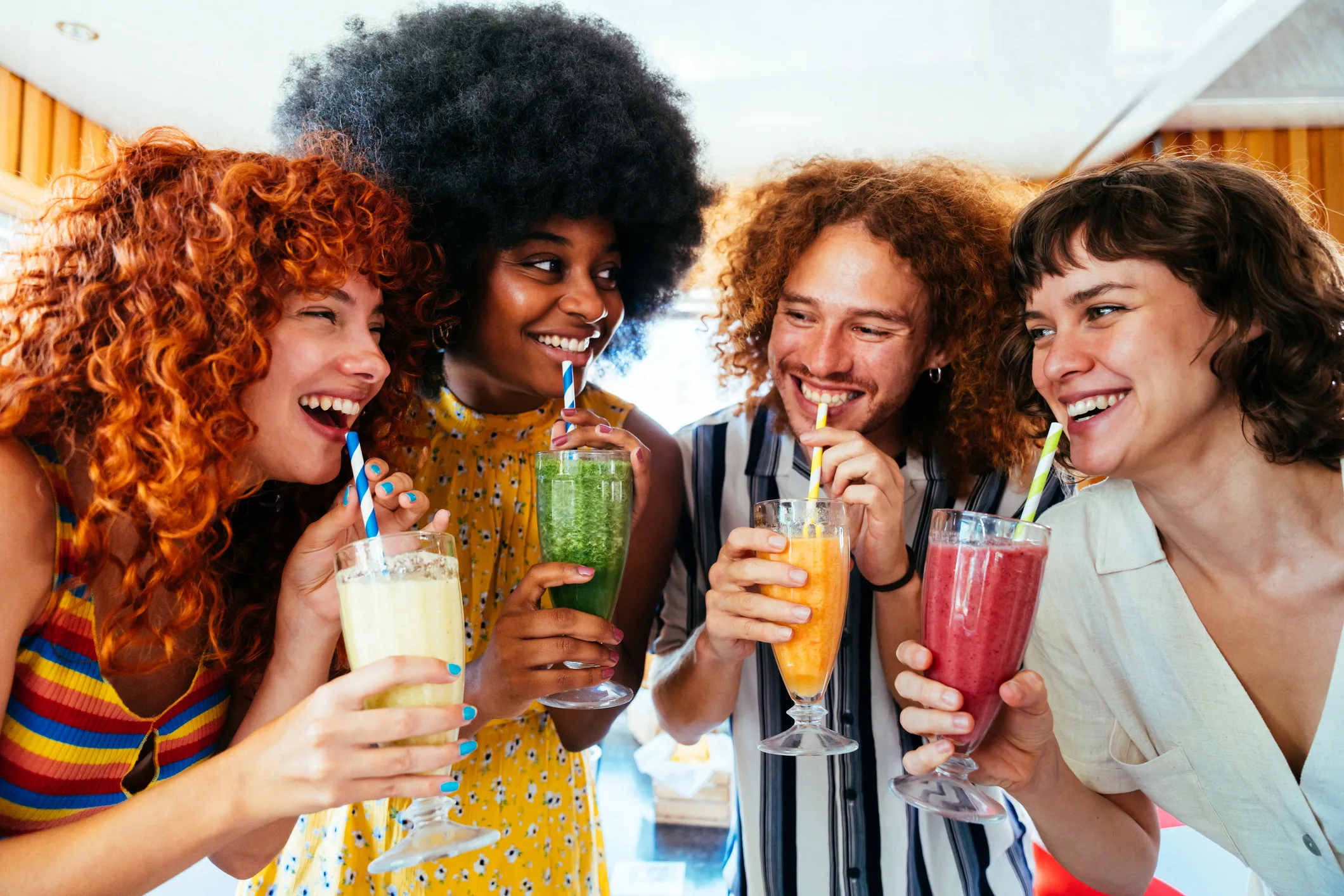In a world obsessed with extending lifespan, the concept of “Blue Zones” has captured global attention. These are geographical regions where people consistently live remarkably longer and healthier lives than the rest of the world, often reaching the age of 100 and beyond with vitality. Identified by Dan Buettner and his team, the original Blue Zones include:
- Okinawa, Japan: Known for its high number of female centenarians and a diet rich in soy-based foods.
- Sardinia, Italy: Specifically the mountainous region, boasting the highest concentration of male centenarians.
- Nicoya Peninsula, Costa Rica: Where a plant-based diet and strong sense of purpose are common.
- Ikaria, Greece: An island with a Mediterranean diet and a relaxed lifestyle.
- Loma Linda, California (USA): A community of Seventh-day Adventists with a vegetarian diet and strong social support.
While these diverse locations have unique cultures and cuisines, researchers have identified several common threads that contribute to their exceptional longevity. It’s not just about one magic bullet, but rather a powerful combination of lifestyle factors.
The Power 9: Pillars of Longevity
Buettner and his team identified nine evidence-based common denominators, dubbed the “Power 9,” shared by people in the Blue Zones:
- Move Naturally: They don’t rely on intense workouts but live in environments that encourage constant, low-intensity physical activity throughout the day, like gardening, walking, and manual labor.
- Purpose (Ikigai/Plan de Vida): Knowing their sense of purpose or “why I wake up in the morning”, provides motivation and can add years to their lives.
- Down Shift: They have daily routines to shed stress, whether it’s napping, praying, remembering ancestors, or social connection. Chronic stress is linked to numerous age-related diseases.
- 80% Rule (Hara Hachi Bu): They stop eating when their stomachs are 80% full, a practice that helps prevent overeating and weight gain.
- Plant Slant: Their diets are predominantly plant-based, rich in legumes (beans, lentils), vegetables, and whole grains. Meat is consumed sparingly, typically a few times per month.
- Wine at 5 (Moderately): Except for the Adventists, people in all other Blue Zones drink alcohol moderately and regularly, usually with meals and friends. Moderate alcohol consumption has been linked to various health benefits.
- Belong: The majority of centenarians belong to a faith-based community, which provides social support and a sense of belonging.
- Loved Ones First: They prioritize family, keeping aging parents and grandparents nearby, and invest time and love in their children.
- Right Tribe: They are born into or choose social circles that support healthy behaviors. Social connections and positive peer influence play a significant role in well-being.
Beyond Diet: A Holistic Approach
While diet is undoubtedly a crucial component, the longevity of Blue Zones residents stems from a holistic approach to life. It’s the synergy of these interconnected factors that creates an environment conducive to long and healthy living. The emphasis on natural movement integrated into daily life contrasts with the more structured exercise routines common in other parts of the world. The strong social connections combat isolation, which has been linked to poorer health outcomes. A sense of purpose provides mental and emotional resilience.
Lessons for the Rest of the World
The Blue Zones offer valuable insights for those seeking to improve their health and longevity, regardless of their geographical location. While replicating their exact lifestyles might not be feasible for everyone, adopting aspects of their daily routines and prioritizing these key principles can have a profound impact. Focusing on whole, plant-based foods, incorporating natural movement, cultivating strong social connections, finding purpose, and managing stress are all within our reach.
Takeaway
The exceptional longevity observed in the Blue Zones is not a result of a single secret but rather a tapestry woven from healthy lifestyle habits deeply embedded in their cultures and environments. By understanding and integrating these principles into our own lives, we can strive for not just a longer lifespan, but a healthier and more fulfilling one.
Source:
Why People in “Blue Zones” Live Longer Than the Rest of the World











